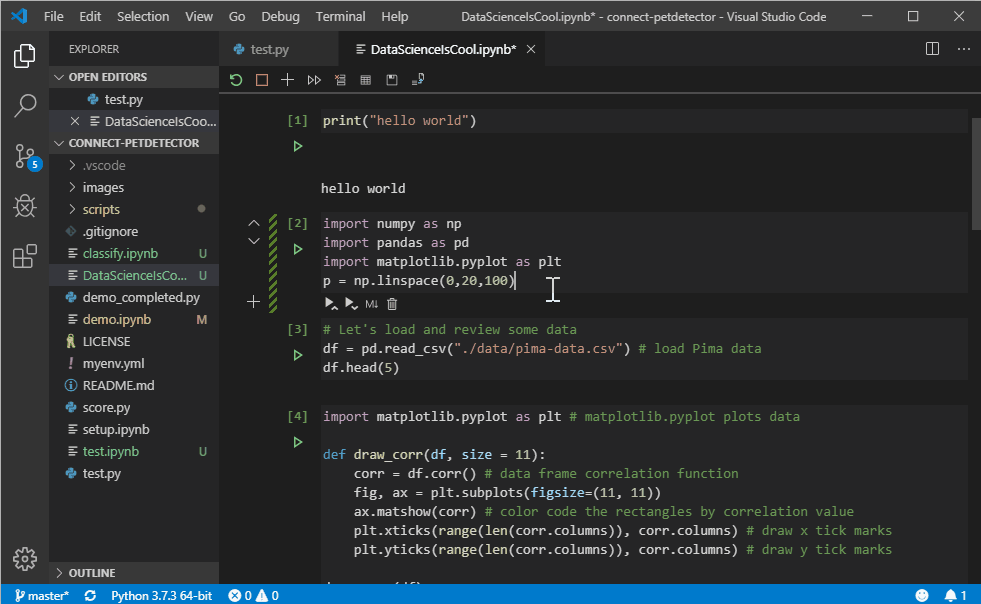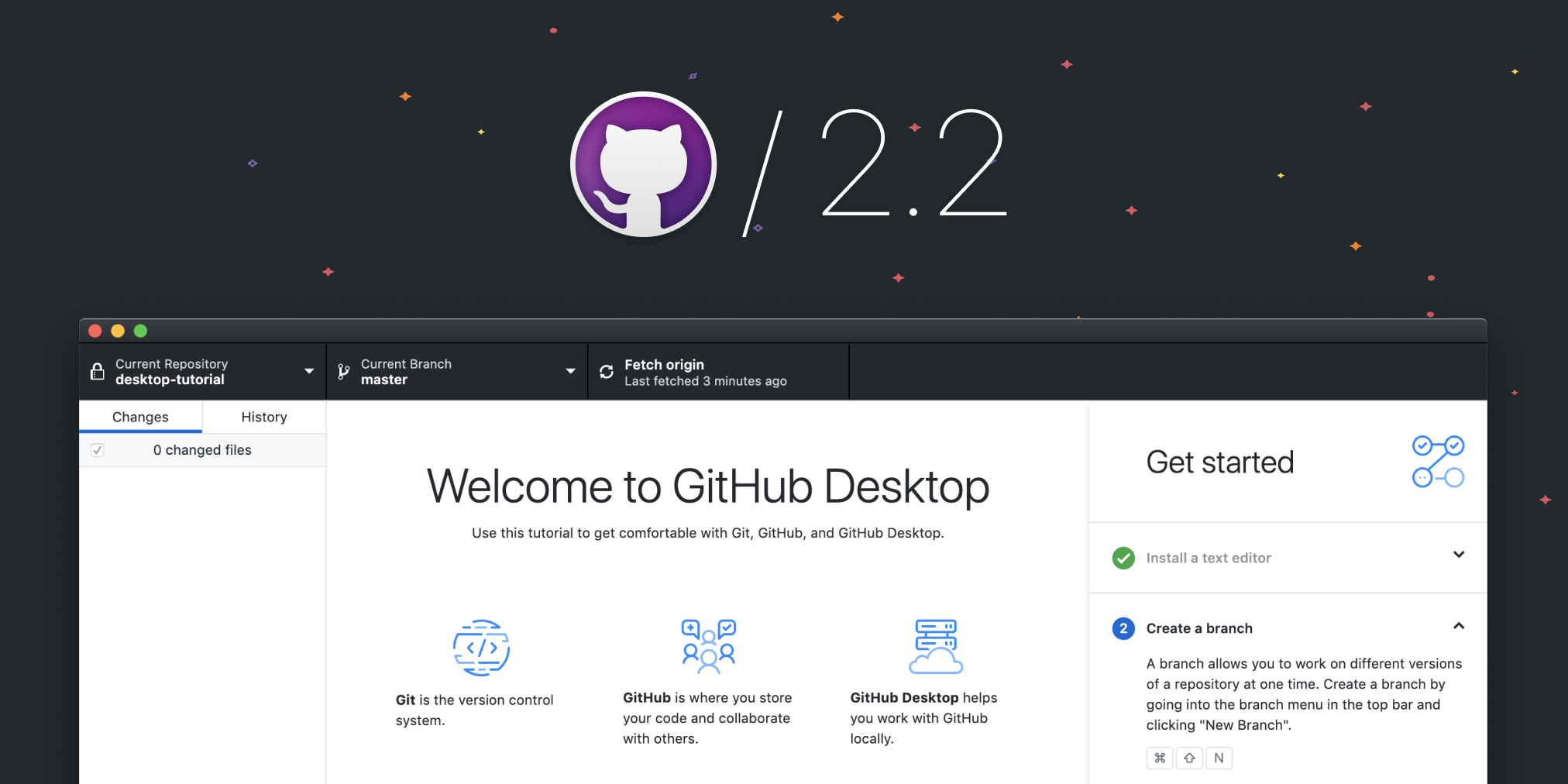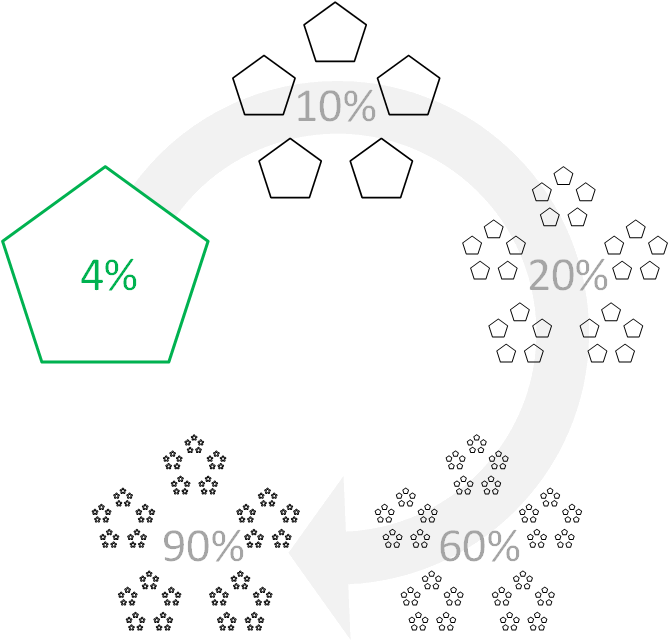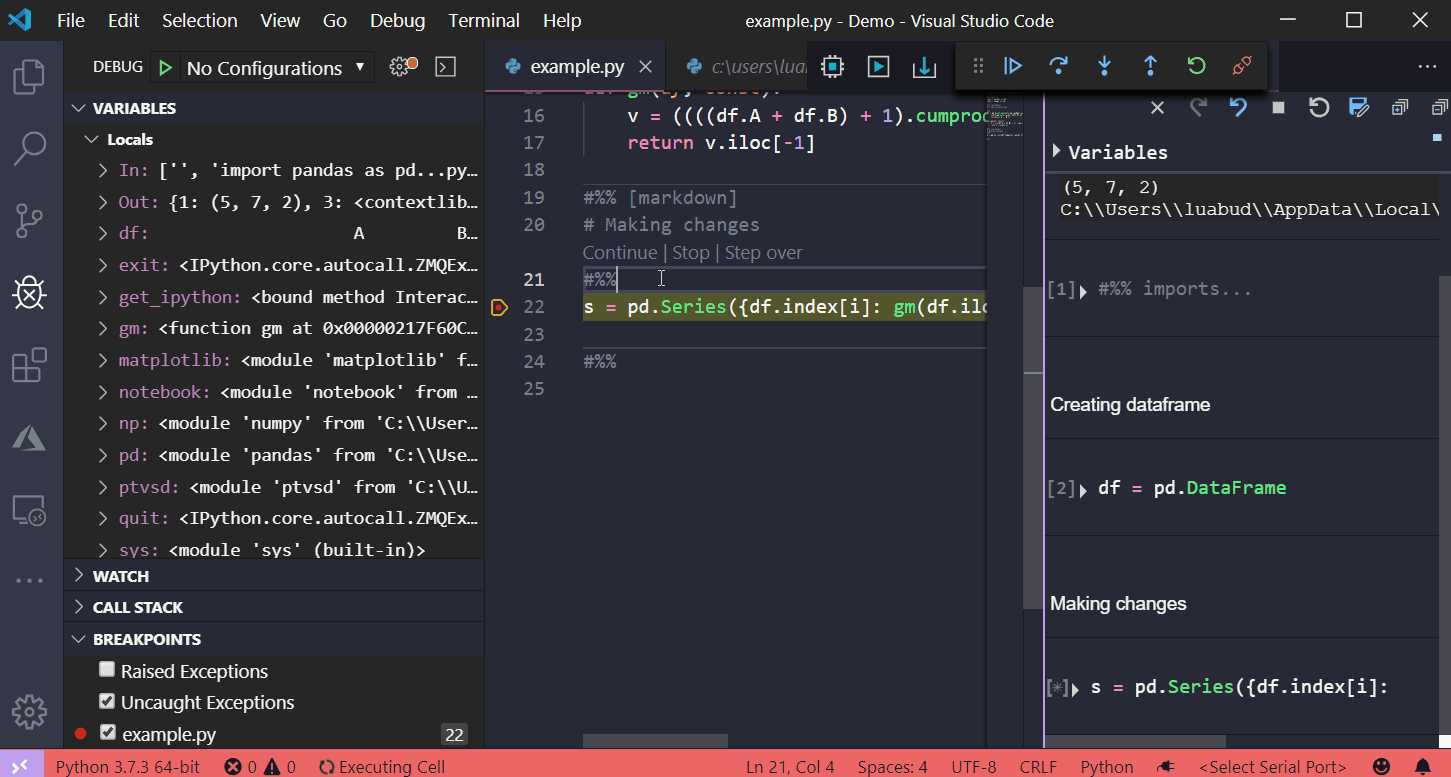
Remote SSH: Tips and Tricks


The art of creating computer programs


When talking about "bad code" people almost certainly mean "complex code" among other popular problems. The thing about complexity is that it comes out of nowhere. One day you start your fairly simple project, the other day you find it in ruins. And no one knows how and when did it happen.
But, this ultimately happens for a reason! Code complexity enters your codebase in two possible ways: with big chunks and incremental additions. And people are bad at reviewing and finding both of them.





This article we are going to learn is: How to install and run the swoft websocket server.
This article is one of a series of articles on the Swoft WebSocket Server. Let's learn about Swoft!
Swoft is a PHP high performance microservice coroutine framework. It has been published for many years and has become the best choice for php.
It can be like Go, built-in coroutine web server and common coroutine client and is resident in memory, independent of traditional PHP-FPM.
There are similar Go language operations, similar to the Spring Cloud framework flexible annotations.
Through three years of accumulation and direction exploration, Swoft has made Swoft the Spring Cloud in the PHP world, which is the best choice for PHP's high-performance framework and microservices management.




This is an official tutorial published earlier on Ontology Medium blog
Excited to publish it for Habr readers. Feel free to ask any related questions and suggest a better format for tutorial materials
Have you thought about the influence of the nearest metro to the price of your flat?
What about several kindergartens around your apartment? Are you ready to plunge in the world of geo-spatial data?









